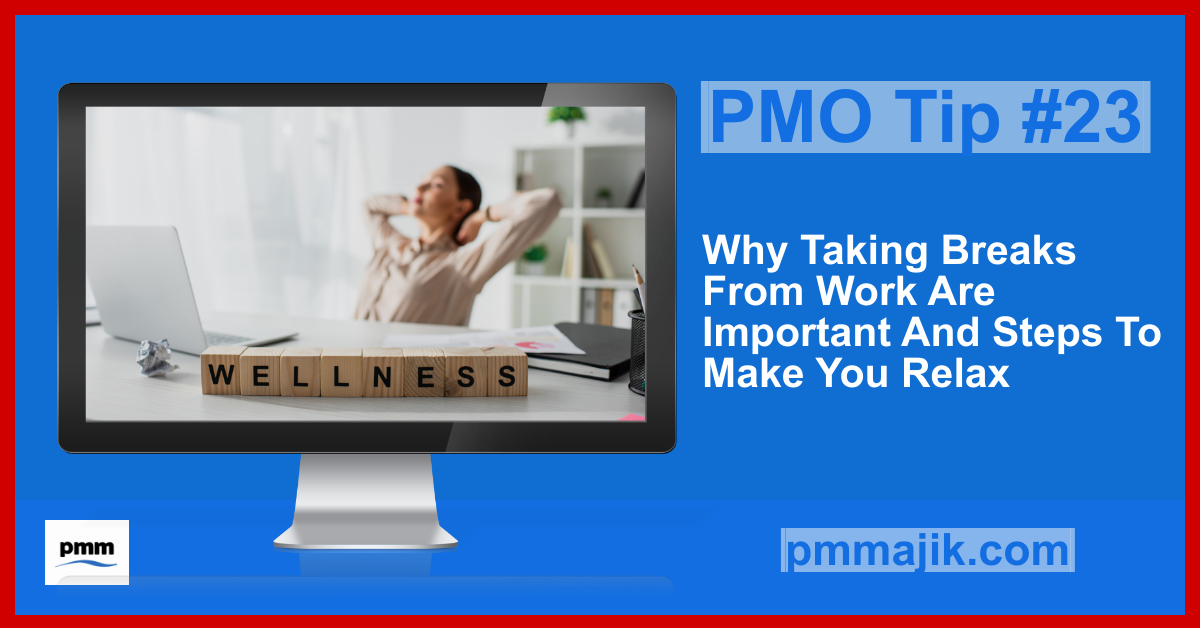The importance of resting at work, like a good night’s rest, can never be overemphasised. Taking a break within work hours directly improves productivity and work rate and helps augment the worker’s energy level and focus. Not just that, there are also some neurological benefits of taking breaks. As simple as it sounds, not everyone can pull this off; hence, some workers struggle to take a break in their workplaces.
A Survey by Tork shows that 22% of the working population feel lazy whenever they think of taking a break between office hours. Also, 39% of workers from the survey said they rarely or occasionally take a break during work hours. Lastly, 94% of workers confessed that they take breaks, which often makes them feel refreshed and ready to go back to work.
It was also disclosed that 9 out of 10 workers tend to remain in a work environment where the manager(s) encourage workers to take a break during work hours. This article details the importance of taking breaks from work and how to relax in between the break times.
Importance Of Taking A Break During Work Time
Prevents Decision Fatigue
It is no news that rest in the middle of work can help us regain significant strength. An average human is usually not in their best state of mind during this time, hence the need to take a break, but it doesn’t end there. While taking a break can restore physical strength, a nap break has a way of soothing the mind, calming the nerves, and helping an individual constantly come up with the best decision.
Enhanced Mental and Physical Well-Being
Long stretches of inactive work can cause physical pain, strain the eyes, and cause other health problems. Therefore, taking breaks allows a person to stretch, move around, and lower the risk of musculoskeletal issues. Regular breaks, including the 20-20-20 rule (looking at something 20 feet away for 20 seconds every 20 minutes), can prevent prolonged vision loss.
Enhanced Heart Health and Blood Circulation
Physical activities like stretching or taking a brief stroll can enhance blood circulation during breaks. This is crucial for cardiovascular health because it lowers the chance of blood clots and promotes healthy heart function. This is important for those who work sedentary jobs.
Three Major Ways To Relax During Work Hours
Deep Breathing Exercises
Deep breathing exercises are a simple yet powerful way to relax and reduce stress; you can do it in the office’s private space. Take a few minutes to practice slow, deep breaths. Inhale deeply through the nostril, hold your breath for some seconds, and exhale through the mouth slowly. This helps activate the body’s relaxation response, promoting a sense of calm.
Quick Stretching or Desk Exercises
This helps alleviate physical tension and improve circulation. Simple neck, shoulder, and back stretches can be done at the desk. Consider standing up and doing light exercises for a few minutes, such as leg lifts or toe touches. These movements can increase blood flow, reduce muscle stiffness, and provide a mental break from work tasks.
Mindfulness or Meditation Breaks
Taking short breaks for mindfulness or meditation can help clear the mind and improve focus. Find a quiet space, focus on your breath with your eyes closed, or use guided meditation apps. A few minutes of meditation sessions can positively impact stress levels and mental clarity. Regular mindfulness breaks throughout the day contribute to a more relaxed and centered state of mind.
Conclusion
Taking breaks is not just about momentarily stepping away from work; it’s a strategic approach to maintaining general well-being and optimizing performance. Research has indicated that distributing learning sessions with time intervals can enhance knowledge retention and comprehension. Regular breaks contribute to increased productivity, creativity, and overall health, making them an integral part of a balanced and sustainable approach to general living.






